In recent years, there has been a growing interest in alternative energy sources, particularly solar power. As a result, many homeowners are turning to DIY solar projects to reduce their reliance on traditional energy sources and lower their carbon footprint. One such project gaining popularity is the DIY solar hot water heater. This article provides a comprehensive overview of the DIY solar hot water heater, including its benefits, components, installation process, and maintenance tips. Benefits of DIY Solar Water Heater: 1. Cost savings: A solar hot water heater can significantly reduce energy bills by utilizing free and abundant solar energy. 2. Environmental sustainability: Solar energy is a renewable and clean energy source, reducing greenhouse gas emissions and promoting a greener lifestyle. 3. Energy independence: By generating hot water from the sun, homeowners can become less dependent on the unpredictable fluctuations of traditional energy prices. 4. Long-term investment: The initial setup cost of a DIY solar water heater may seem high, but it can provide substantial savings over its lifespan through reduced utility bills.
Solar water
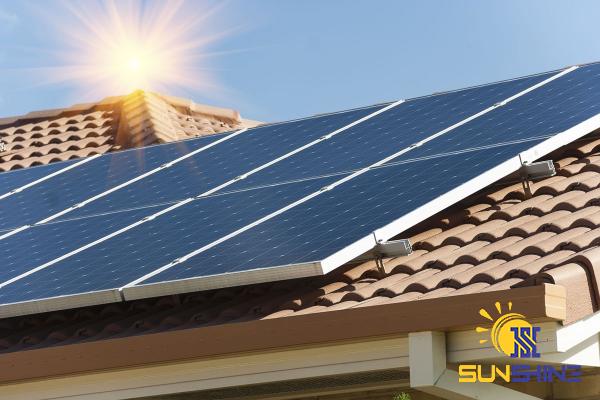 5. Government incentives: Depending on your location, you may be eligible for government subsidies, tax credits, or rebates when installing a solar hot water heater. Components of a DIY Solar Hot Water Heater: 1. Solar Collector: The heart of the system, the solar collector, absorbs sunlight and converts it into thermal energy. It can be either a flat plate or evacuated tube collector, both of which are readily available in the market. 2. Heat Exchanger: This component transfers the heat absorbed by the solar collector to the water in the storage tank. It can be either a direct or indirect heat exchanger, depending on the type of solar system. 3. Water Storage Tank: The storage tank holds the heated water, allowing it to be used even when the sun is not shining. Common options include traditional water heaters or purpose-built solar hot water storage tanks. 4. Pump and Controller: These components ensure the efficient circulation of the water through the system, monitoring and controlling the heat exchange process.
5. Government incentives: Depending on your location, you may be eligible for government subsidies, tax credits, or rebates when installing a solar hot water heater. Components of a DIY Solar Hot Water Heater: 1. Solar Collector: The heart of the system, the solar collector, absorbs sunlight and converts it into thermal energy. It can be either a flat plate or evacuated tube collector, both of which are readily available in the market. 2. Heat Exchanger: This component transfers the heat absorbed by the solar collector to the water in the storage tank. It can be either a direct or indirect heat exchanger, depending on the type of solar system. 3. Water Storage Tank: The storage tank holds the heated water, allowing it to be used even when the sun is not shining. Common options include traditional water heaters or purpose-built solar hot water storage tanks. 4. Pump and Controller: These components ensure the efficient circulation of the water through the system, monitoring and controlling the heat exchange process.
Specifications of solar water
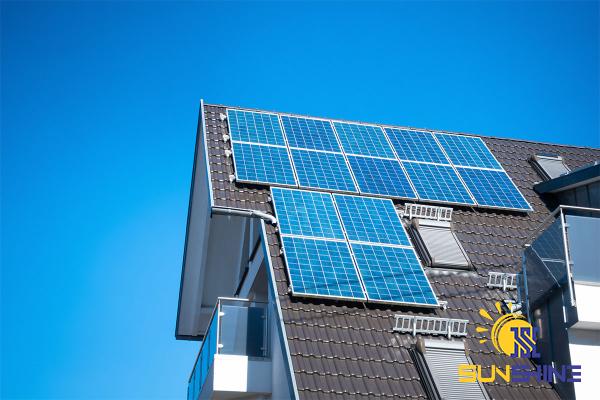 5. Pipes and Insulation: Plumbing pipes and insulation connect all the components and should be properly sized and insulated to minimize heat loss. Installation Process: 1. Design assessment: Evaluate factors such as roof orientation, local climate, available space, and hot water demand to determine the appropriate size and type of DIY solar hot water heater system. 2. Obtain necessary permits: Check with local authorities to ensure compliance with building codes and regulations. 3. Purchase and gather materials: Acquire all the necessary components, ensuring they are of good quality, efficient, and suitable for your specific needs. 4. Install solar collector: Mount the collector on a suitable location, preferably on a south-facing roof or a dedicated structure with optimal sunlight exposure. 5. Connect components: Install the heat exchanger, water storage tank, pump, controller, and plumbing, following manufacturer instructions and best practices. 6. Test the system: Once the system is connected, thoroughly test its functionality and check for any leaks or malfunctions. 7. Insulate pipes and tanks: Properly insulate all pipes and tanks to reduce heat loss and increase energy efficiency. Maintenance and Troubleshooting: 1. Regular inspection: Periodically check the solar collector, piping, and connections for any signs of damage or wear. 2. Cleaning: Keep the solar collector free from dust, debris, and leaves to maximize its efficiency. A gentle wash with water is usually sufficient.
5. Pipes and Insulation: Plumbing pipes and insulation connect all the components and should be properly sized and insulated to minimize heat loss. Installation Process: 1. Design assessment: Evaluate factors such as roof orientation, local climate, available space, and hot water demand to determine the appropriate size and type of DIY solar hot water heater system. 2. Obtain necessary permits: Check with local authorities to ensure compliance with building codes and regulations. 3. Purchase and gather materials: Acquire all the necessary components, ensuring they are of good quality, efficient, and suitable for your specific needs. 4. Install solar collector: Mount the collector on a suitable location, preferably on a south-facing roof or a dedicated structure with optimal sunlight exposure. 5. Connect components: Install the heat exchanger, water storage tank, pump, controller, and plumbing, following manufacturer instructions and best practices. 6. Test the system: Once the system is connected, thoroughly test its functionality and check for any leaks or malfunctions. 7. Insulate pipes and tanks: Properly insulate all pipes and tanks to reduce heat loss and increase energy efficiency. Maintenance and Troubleshooting: 1. Regular inspection: Periodically check the solar collector, piping, and connections for any signs of damage or wear. 2. Cleaning: Keep the solar collector free from dust, debris, and leaves to maximize its efficiency. A gentle wash with water is usually sufficient.
buy Solar water
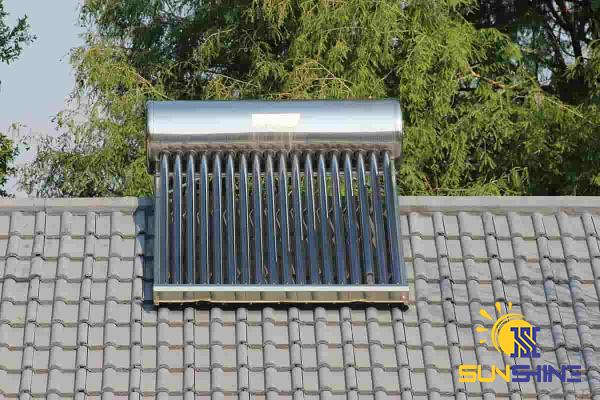 3. Anti-freeze protection: If you live in regions with freezing temperatures, ensure that the system is outfitted with an anti-freeze solution to prevent damage. 4. System flushing: Every few years, flush the system to remove any sediment or buildup that may hinder its performance. 5. Troubleshooting: In case of any issues, refer to the manufacturer’s manual or seek professional assistance to diagnose and resolve problems effectively. Conclusion: A DIY solar hot water heater presents numerous benefits, including cost savings, environmental sustainability, energy independence, and long-term investment. By understanding the components, installation process, and maintenance tips, homeowners can successfully integrate this renewable energy system into their homes. Embracing solar technology not only reduces reliance on traditional energy sources but also contributes to creating a cleaner and greener future.
3. Anti-freeze protection: If you live in regions with freezing temperatures, ensure that the system is outfitted with an anti-freeze solution to prevent damage. 4. System flushing: Every few years, flush the system to remove any sediment or buildup that may hinder its performance. 5. Troubleshooting: In case of any issues, refer to the manufacturer’s manual or seek professional assistance to diagnose and resolve problems effectively. Conclusion: A DIY solar hot water heater presents numerous benefits, including cost savings, environmental sustainability, energy independence, and long-term investment. By understanding the components, installation process, and maintenance tips, homeowners can successfully integrate this renewable energy system into their homes. Embracing solar technology not only reduces reliance on traditional energy sources but also contributes to creating a cleaner and greener future.
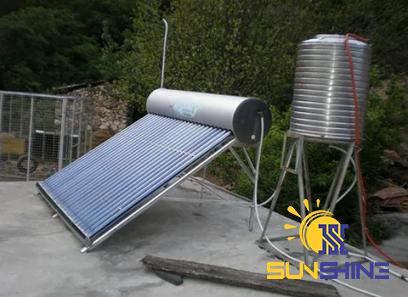
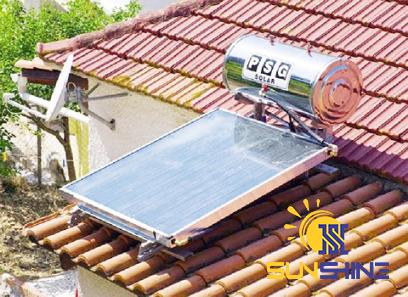
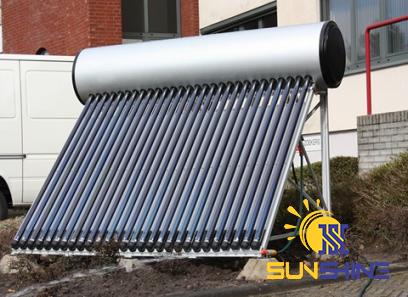
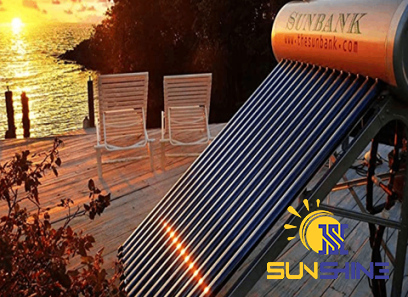
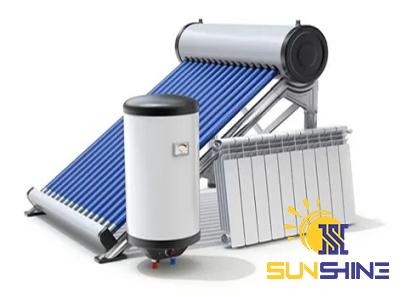
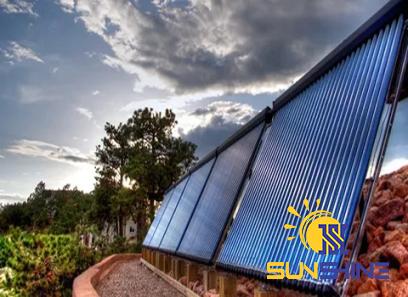
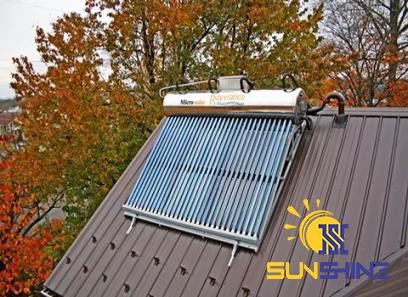
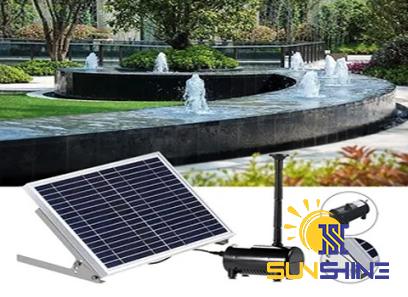
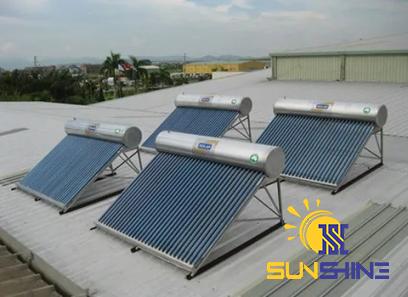
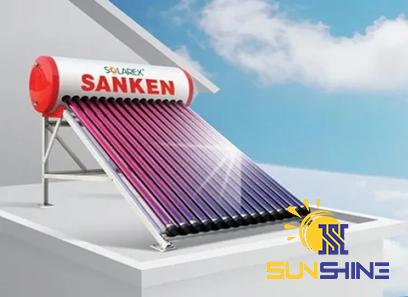
Your comment submitted.